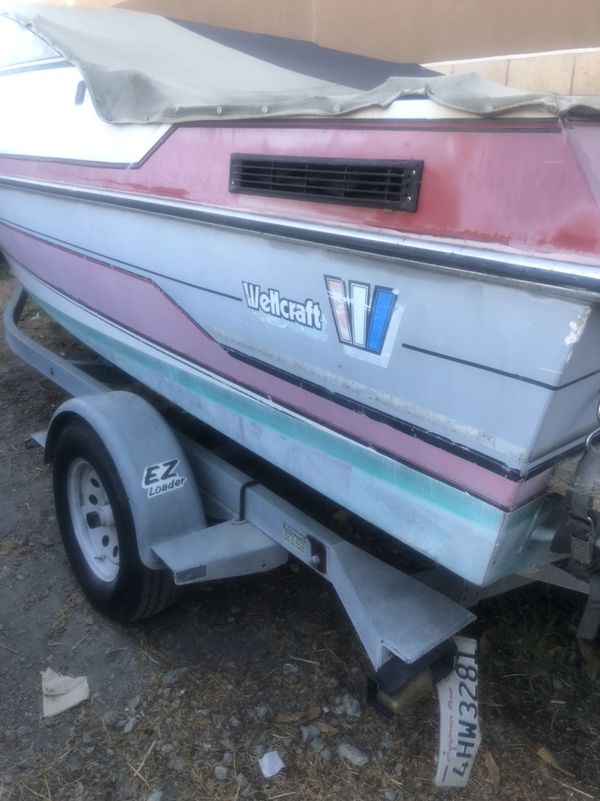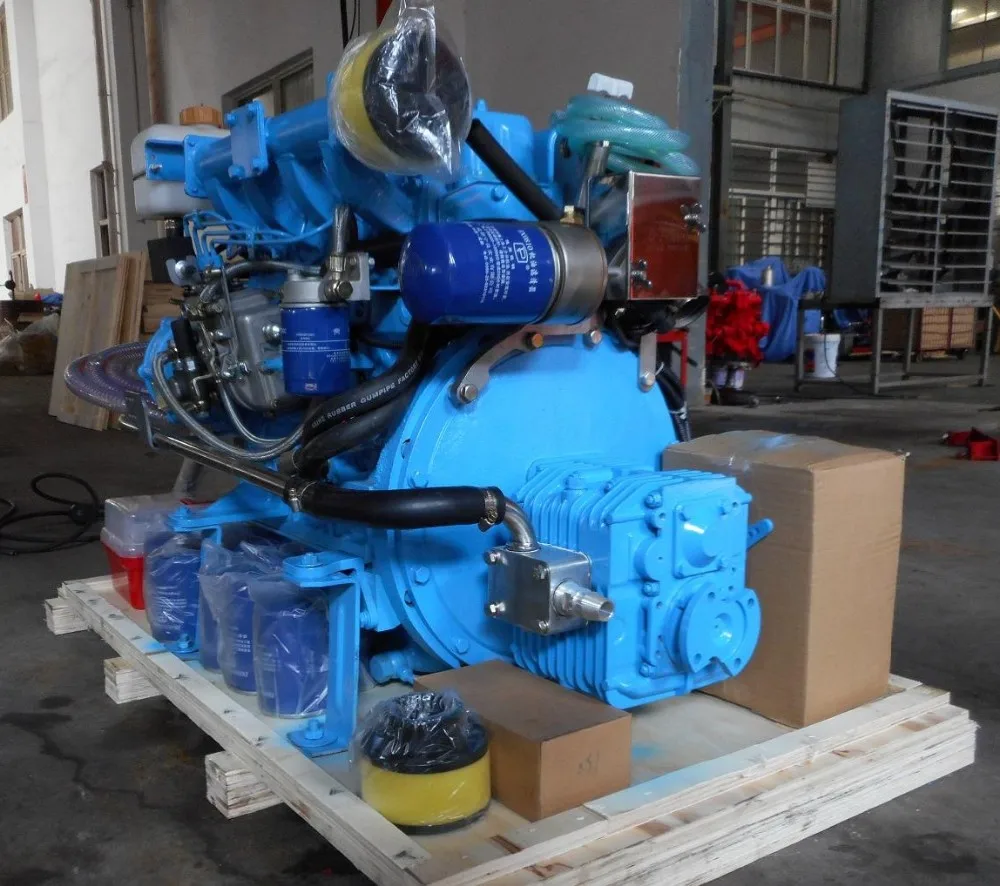
In the more than 60 years since, the Company has expanded its marine engine lineup to suit manifold uses and conditions in the various locations they are used, focusing especially on outboard motors, including models with increasingly In developed regions like Europe and North America, they are primarily used for leisure, while in emerging countries they are predominantly used for fishing and transport/transportation.Īpplying its small engine technology developed for motorcycles, Yamaha Motor released its first marine engine, the small outboard engine P-7, in 1960. Outboard motors, which are suited for small to medium-size boats, are mainly known for their excellent affordability,Įnvironmental friendliness, ease of maintenance and high space efficiency and are used by a variety of people all over the world.

If installing engine mounts for the first time, replacing marine motor mounts, or simply performing routine maintenance, contact us if you have any questions regarding marine motor mounts.ĭetermining Engine Mount Weight Capacity (Per R&D Marine)īelow are the formulas to use to determine the required pounds per engine mount.Marine engines used to propel boats can be categorized into three types: outboard motors, stern drives (inboard-outboard motors), and inboard motors. or specific to a type of engine installation such as Chrysler inboard engine mounts or Mercruiser inboard engine mounts.įor generic motor mounts there is guidance available to assist in choosing replacement or new mounts that make the choice and selection easier. Motor mounts are either generic meaning they are interchangeable between manufacturers such as P.Y.I marine or Bushings Inc. As boat engines get bigger, heavier, and more powerful, such as in a commercial engine, the thrust is removed from the motor or gearbox mounts and is taken up by a thrust bearing installed in the shafting.
#INBOARD MOTOR FOR SALE GENERATOR#
Generator mounts do not endure the same type of loading but suffer from their own gremlins such as gyroscopic influences. If the fishing trawler propeller shaft does not have a thrust bearing installed, the engine mounts are required to bear all the thrust of propulsion going forward or reverse even under severe load. In a stern drive vessel with a smaller horsepower engine, the inboard engine mounts will experience very little thrust force as compared to inboard engine motor mounts for a midsize fishing trawler with a straight drive. The design of engine mounts is determined by the applications. The importance of understanding the hardness is because the weight of the equipment resting on the mount determines the hardness of the rubber required. Like most measurements it is not just a straightforward 1 to 10 but a little more complicated than that. The rubber is available in various harnesses called shore and is measured with a durometer. Marine inboard engine mounts are stout, can endure large thrust loads, and will keep equipment in place even in severe weather conditions.Įngine mounts typically have natural or synthetic rubber pads or mount bushings that absorb the vibration.

If anyone has had the fortune to experience two people simultaneously jumping on a trampoline or a diving board the effects are very similar. This constantly varying movement will range from the body masses being synchronous to opposing each other. Equipment mounts aboard vessels differ from land use equipment mounts in many ways because they have to with stand not only the movement of the equipment but also of the vessel. Engine mounts perform important functions such reducing engine vibration noise transferring into the hull, dampening the forward and aft shock movements derived from transiting through the waves, and a convenient method to align the drive train of the vessel, a few functions often overlooked or taken for granted.


 0 kommentar(er)
0 kommentar(er)
